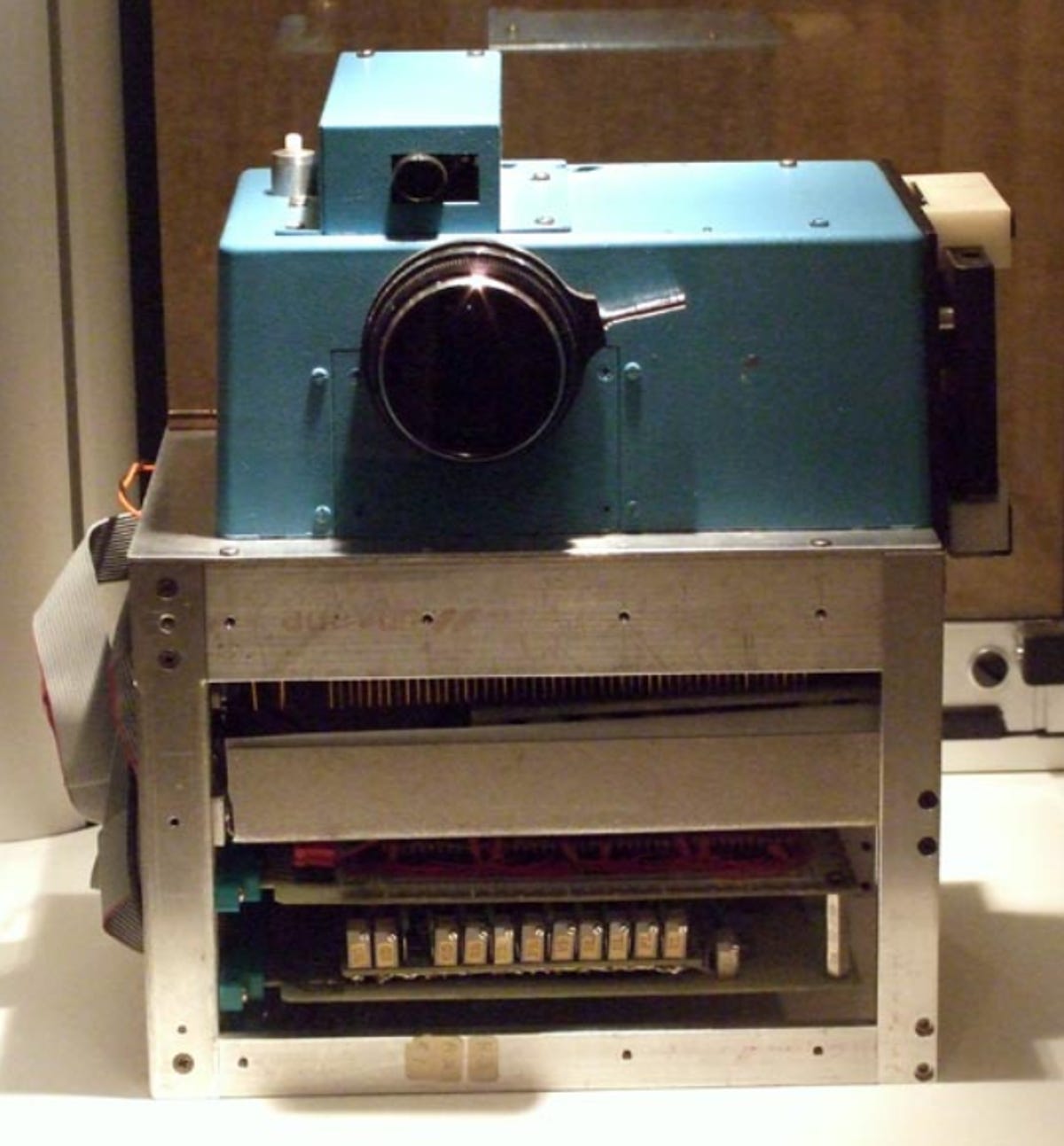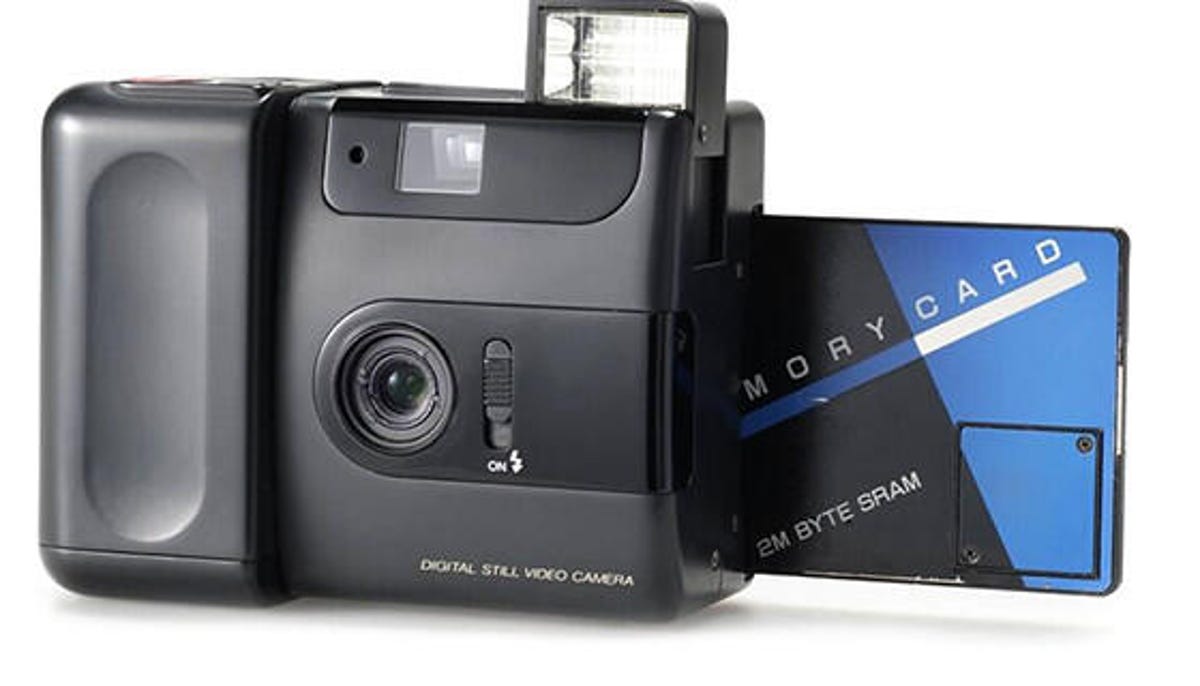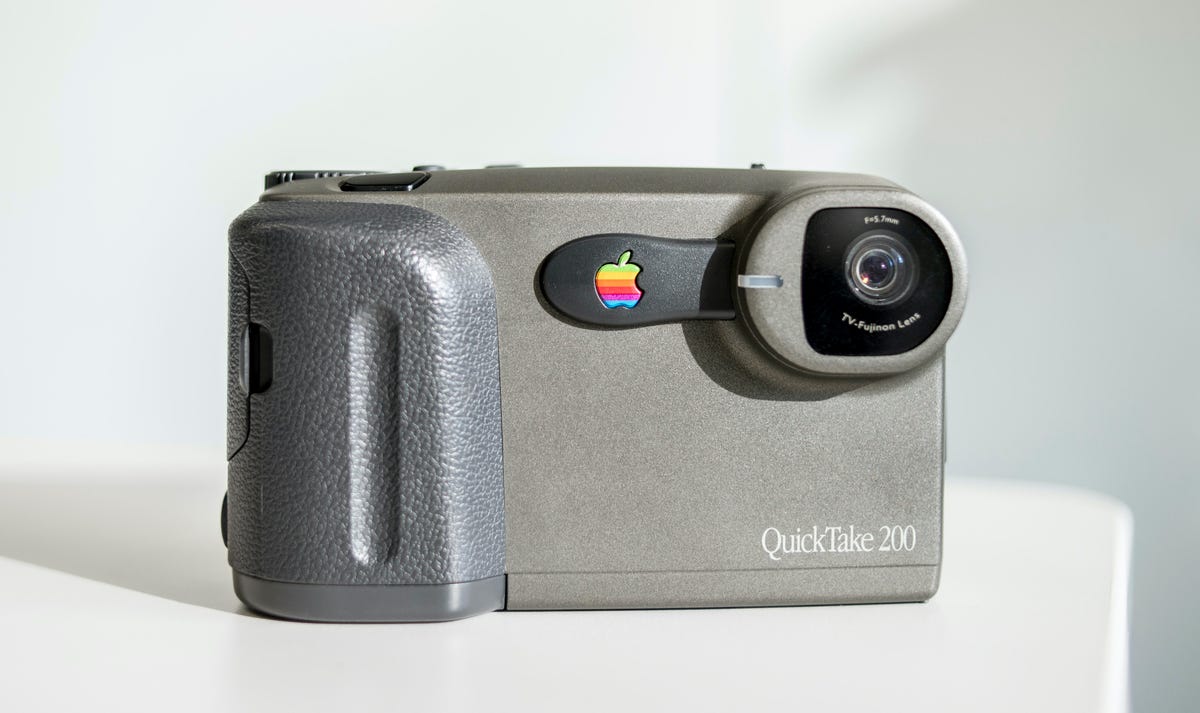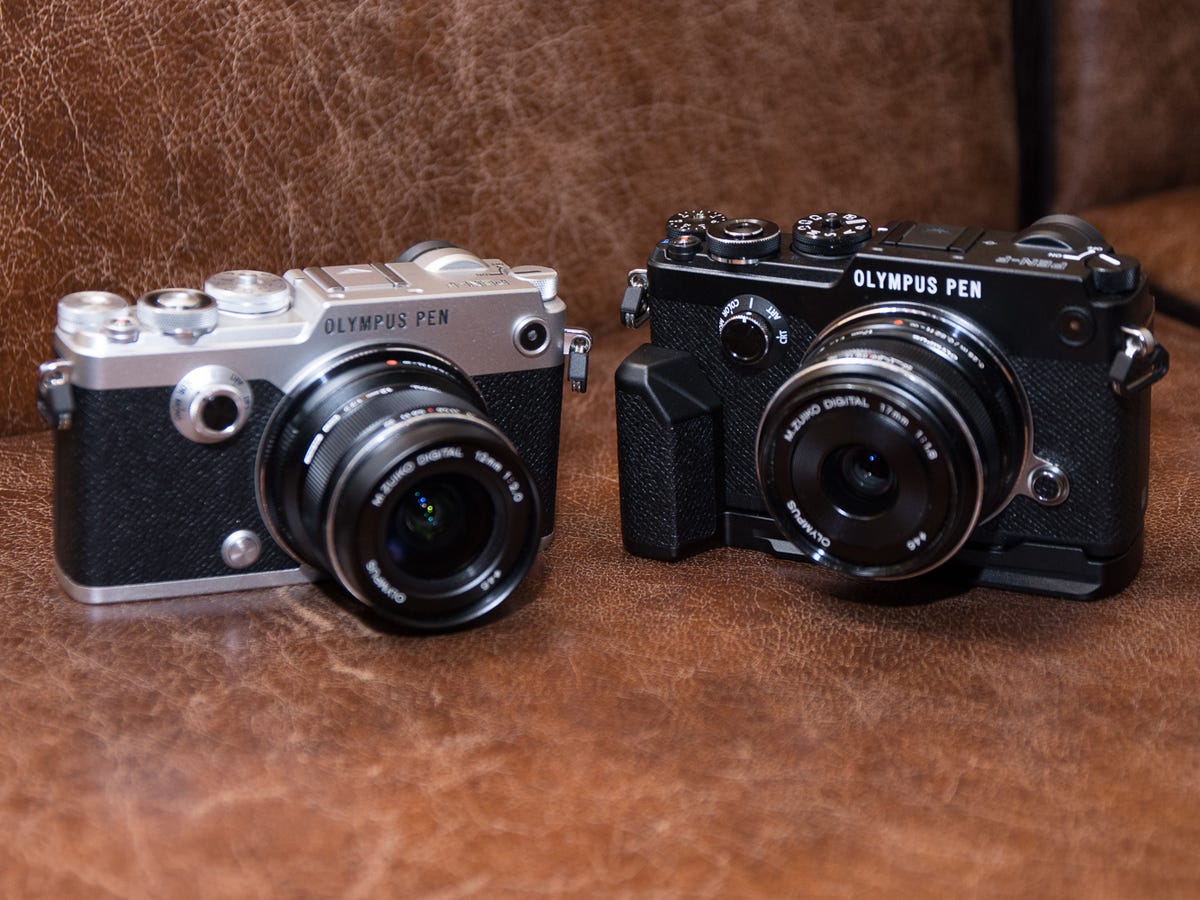History of digital cameras: From ’70s prototypes to iPhone and Galaxy’s everyday wonders
The camera in your pocket is pretty amazing. Today’s smartphone cameras feel like they’re a million miles away from earlier photography tech, but digital cameras had to start somewhere.
Back in the 20th century when cameras needed film, digital camera technology began as a sat-nav for astronauts. Since then, Kodak, Apple and many others have played important roles in developing today’s pocket-sized marvels. Let’s dive into digital camera history to mark the milestone devices and the groundbreaking tech.
Mục lục bài viết
The beginnings
The history of the digital camera started in 1961 with Eugene F. Lally of NASA’s Jet Propulsion Laboratory. When he wasn’t working on artificial gravity, he was thinking about how astronauts could figure out their position in space by using a mosaic photosensor to take pictures of the planets and stars.
Lally actually figured out how to solve red eye in photos, but unfortunately his theory of digital photography was still way ahead of the existing technology. It was the same story 10 years later when Texas Instruments employee Willis Adcock came up with a proposal for a filmless camera (US patent 4,057,830). It wasn’t until 15 years later that the digital camera became a reality.
The first digital camera

Richard Trenholm/CNET
The first actual digital still camera was developed by Eastman Kodak engineer Steven Sasson in 1975. He built a prototype (US patent 4,131,919) from a movie camera lens, a handful of Motorola parts, 16 batteries and some newly invented Fairchild CCD electronic sensors.
The resulting camera, pictured in 2007 on its first trip to Europe, was the size of a printer and weighed nearly 4 kilograms. It captured black-and-white images on a digital cassette tape, and Sasson and his colleagues also had to invent a special screen just to look at them.
Today’s Apple iPhone 12 lineup has 12-megapixel cameras. That’s 12 million pixels in an image. Kodak’s prototype had a resolution of 0.01 megapixel. It also took 23 seconds to snap the first digital photograph. Talk about shutter lag!
Some say Kodak missed a trick by not developing this technological breakthrough, as it chose to continue to focus on photographic film. So the next step in the process would come from elsewhere.
The end of film?

Mario Ruiz/The Life Images Collection via Getty Images
The charged-couple device (CCD), invented in 1969, was the breakthrough that allowed digital photography to take off. A CCD is a light sensor that sits behind the lens and captures the image, essentially taking the place of the film in the camera. The first cameras to use CCD sensors were specialist industry models made by Fairchild in the 1970s.
By the 1980s, handheld cameras began to ditch film. This began in 1981 when Sony demonstrated a prototype Mavica (Magnetic Video Camera) model. However, it wasn’t strictly a digital camera. Technically, the Mavica was a television camera that took still frames. These analog electronic cameras were precursors to digital snappers in that they recorded images on to electronic media, but they were still technically recording analog data.
Running off AA batteries, the Mavica stored pictures on two-inch floppy disks called Mavipaks holding up to 50 color photos for playback on a television or monitor. CCD size was 570×490 pixels on a 10x12mm chip. The light sensitivity of the sensor was ISO 200, and the shutter speed was fixed at 1/60 second.
Canon launched the first analog electronic camera to actually go on sale, the RC-701, in 1986. That pro model was followed by a consumer model, the RC-250 Xapshot, in 1988. The Xapshot was called Ion in Europe or Q-Pic in Japan. It cost $499 in the US, but consumers had to haul out another $999 on a battery, computer interface card with software, and floppy disks.
These kinds of cameras never really took off, however, due to poor image quality and prohibitive cost. Their ability to transmit images meant they were mainly used by newspapers to cover events such as the 1984 Olympics, the Tiananmen Square protests of 1989 and the Gulf War in 1991.
The coming of true digital
The first true digital camera that actually worked was built in 1981. The University of Calgary Canada ASI Science Team built the Fairchild All-Sky camera to photograph auroras in the sky.
The All-Sky Camera used more of those 100×100-pixel Fairchild CCDs, which had been around since 1973. What made the All-Sky Camera truly digital was that it recorded digital data rather than analog. Meanwhile, in October 1981 the digital revolution rolled on with the release of the world’s first consumer compact disc player, the Sony CDP-101.
Colani’s concepts: Almost the future of cameras

Canon
In 1983, Canon commissioned Luigi Colani to envision the future of camera design. The outspoken designer believed that an egg is the highest form of packaging and employed his “no straight lines in the universe” philosophy to create these innovative concepts: the Hy-Pro, an SLR design with an LCD viewfinder; a novice camera named (rather tactlessly) the Lady; the Super C Bio with power zoom and built-in flash; and the underwater Frog.
He also designed the HOMIC, or the Horizontal Memorychip Integral storobo Camera. This was a spaceship-esque concept for a still video camera recording to solid-state memory. Unusually, the lens and viewfinder were on the same axis, while the flash fired through the objective lens. The HOMIC was exhibited at 1984’s Photokina exhibition but never went on sale.
Digital hits the shops

Fujifilm
The first genuinely handheld digital camera should have been the Fuji DS-1P in 1988. It recorded images as computerized files on a 16MB SRAM internal memory card jointly developed with Toshiba, but the DS-1P never actually made it to shops.
The first digital camera to actually go on sale in the US was the 1990 Dycam Model 1. Also marketed as the Logitech Fotoman, this camera used a CCD image sensor, stored pictures digitally and connected directly to a PC for download — in other words, just like the cameras we later became familiar with.
Digital develops
JPEG and MPEG standards were created for digital image and audio files in 1988. Digital Darkroom became the first image-manipulation program for the Macintosh computer in 1988, and Adobe PhotoShop 1.0 arrived in 1990.
Mosaic, the first web browser that let people view photographs over the web, was released by the National Center for Supercomputing Applications in 1992. That year also saw the Kodak DCS 200 debut with a built-in hard drive. It was based on the Nikon N8008s and came in five combinations of black-and-white or color, with and without hard drive. Resolution was 1.54 million pixels, roughly four times the resolution of still-video cameras.
Apple gets in on the action: The QuickTake

Oleksandr Rupeta/NurPhoto via Getty Images
You’d have to live under a rock to not know that Apple makes phones, but did you know it also had a crack at the digital camera market? The Apple QuickTake 100 launched in 1994 and was the first color digital camera you could buy for less than $1,000.
It packed a 640×480-pixel CCD and could stash up to eight 640×480 images in the internal memory. Despite the Apple logo, it was actually manufactured by Kodak. The follow-up QuickTake 200 was built by Fujifilm.
Connected cameras and CompactFlash
Epson launched the first “photo quality” desktop inkjet printer in 1994. Later that year, the Olympus Deltis VC-1100 became the first digital camera that could send photos. You had to plug it into a modem, but it could transmit photos down a phone line — even a cellphone. It took about six minutes to transmit an image. Image resolution was 768×576 pixels, the shutter speed could be set between 1/8 and 1/1000 second, and it included a color LCD viewfinder.
SmartMedia card and CompactFlash memory cards also arrived in 1994. The first camera to use CompactFlash was the Kodak DC-25 in 1996.
The shape of things to come
The familiar shape of modern compact digital cameras emerged when the Casio QV-10 added an LCD screen on the back in 1995. The screen measured 46mm (1.8 inches) from corner to corner.
The QV-10 also had a pivoting lens. Photos were captured by a 1/5-inch 460×280-pixel CCD and stored to a semiconductor memory, which held up to 96 color still images. Other now-familiar features included close-up macro shooting, auto exposure and a self timer. It cost $1,000.
In 1995, Logitech debuted the VideoMan, its first webcam that plugged into a personal computer.
The digital age!

Richard Trenholm/CNET
By the mid-1990s the familiar digital camera shape was established that would last for the next decade or more. In 1995, the Ricoh RDC-1 was the first digital still camera to also shoot movie footage and sound. It had a 64mm (2.5-inch) color LCD screen, and the f/2.8 aperture had a 3x optical zoom. Those remained the baseline specs for compacts for years, but at least the price came down over time. In contrast, the original RDC-1 set you back a hefty $1,500.
The now-familiar compact shape continued to emerge with the Canon PowerShot 600 in 1996. It had a 1/3-inch, 832×608-pixel CCD, built-in flash, auto white balance and an optical viewfinder as well as an LCD display. It was the first consumer model that could write images to a hard disk drive and could store up to 176MB. That cost $949.
Although compacts were sometimes released in weird and wonderful shapes — such as the Pentax EI-C90, which split into two sections — the basic form factor remained. By the 2010s, a compact camera was roughly the same size as the tape cassette that Steve Sasson’s 1970s prototype needed just to save a single grainy image.
Professional-style SLR cameras also made the transition to digital. The DSLR cameras could swap lenses with their film ancestors, while enjoying the benefits of high-capacity digital memory and a handy screen on the back. The traditional DSLR design, saddled with film-era mechanical complexity, is now slowly being replaced by mirrorless cameras from Sony, Canon, Nikon and the smaller Micro Four Thirds alliance from Olympus and Panasonic.

Joshua Goldman/CNET
The camera phone
The big digital revolution was, of course, the camera phone. The Kyocera Visual Phone VP-210 in 1999 and Samsung SCH-V200 in 2000 were the first camera phones. A few months later the Sharp Electronics J-SH04 J-Phone was the first that didn’t have to be plugged into a computer. It could just send photos, making it hugely popular in Japan and Korea. By 2003, camera phone sales overtook digital cameras.
In 2007, Apple launched the iPhone, and the smartphone age truly began. The cameras built into phones quickly improved, but a number of factors combined to transform everyone into a photographer: Phone memories got bigger so you could take more pictures; CCD sensors were replaced by CMOS chips that use less power; 3G, 4G and 5G made it possible to share your photos instantly; and photography sites like Flickr soon gave way to social networks like Facebook and Instagram as a place to share your shots.
In 2012, Nokia made a 41-megapixel smartphone, the Nokia 808 PureView. Feature films have been shot on iPhones, and lightweight consumer drones have taken digital photography to the skies. Today’s best camera phones routinely come with two, three or four cameras to capture even better images. Smartphones’ computer power also unleashed computational photography, processing technology that vaults over the limits of lenses and image sensors. And the latest buzzword is “pixel binning,” used in regard to the Samsung Galaxy S21 Ultra 5G for its huge 108-megapixel cameras.
Fortunately, we can expect the advancements to keep coming, and the day will come when today’s camera phones look like relics too.
![]()
Andrew Hoyle/CNET











